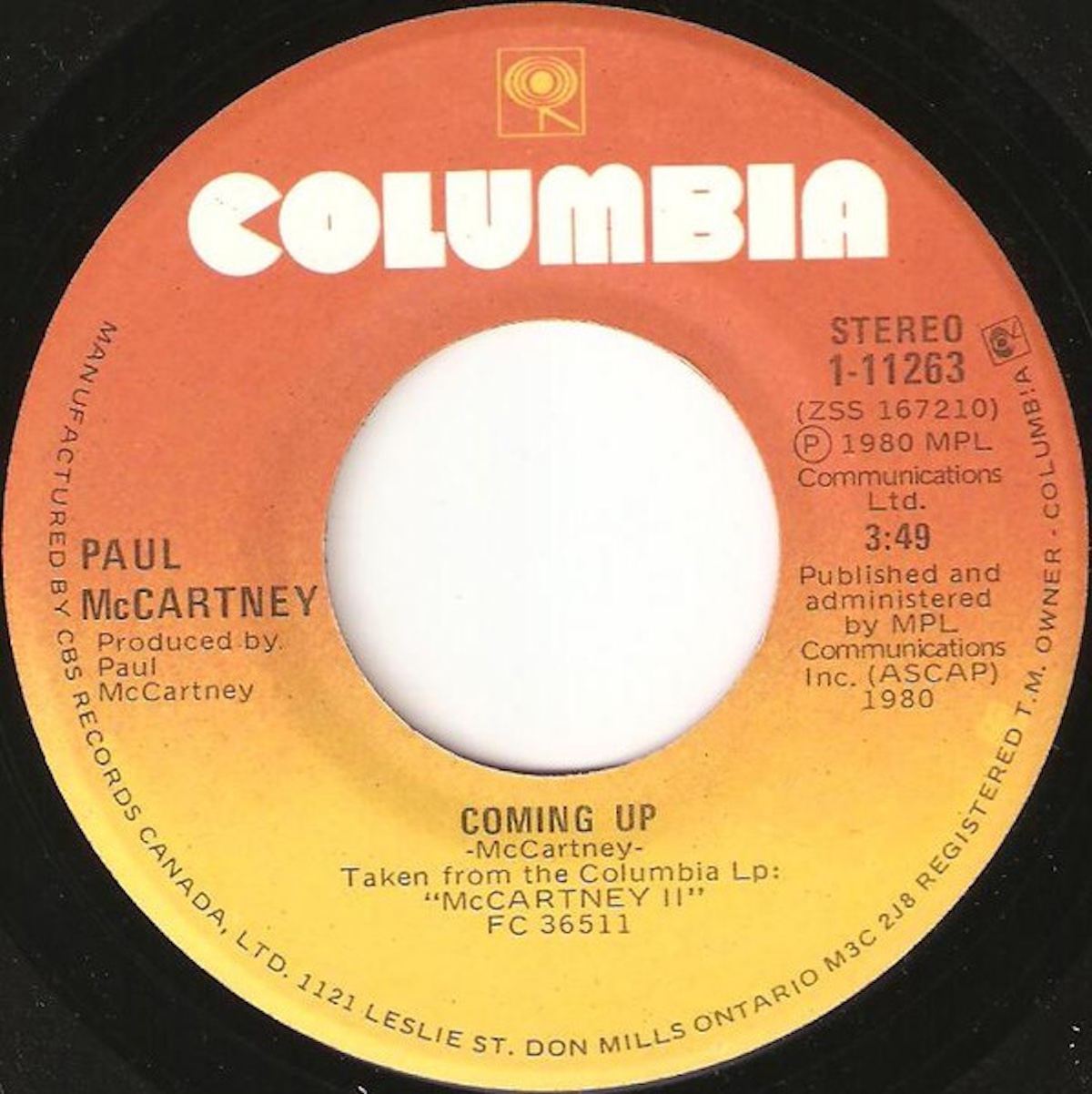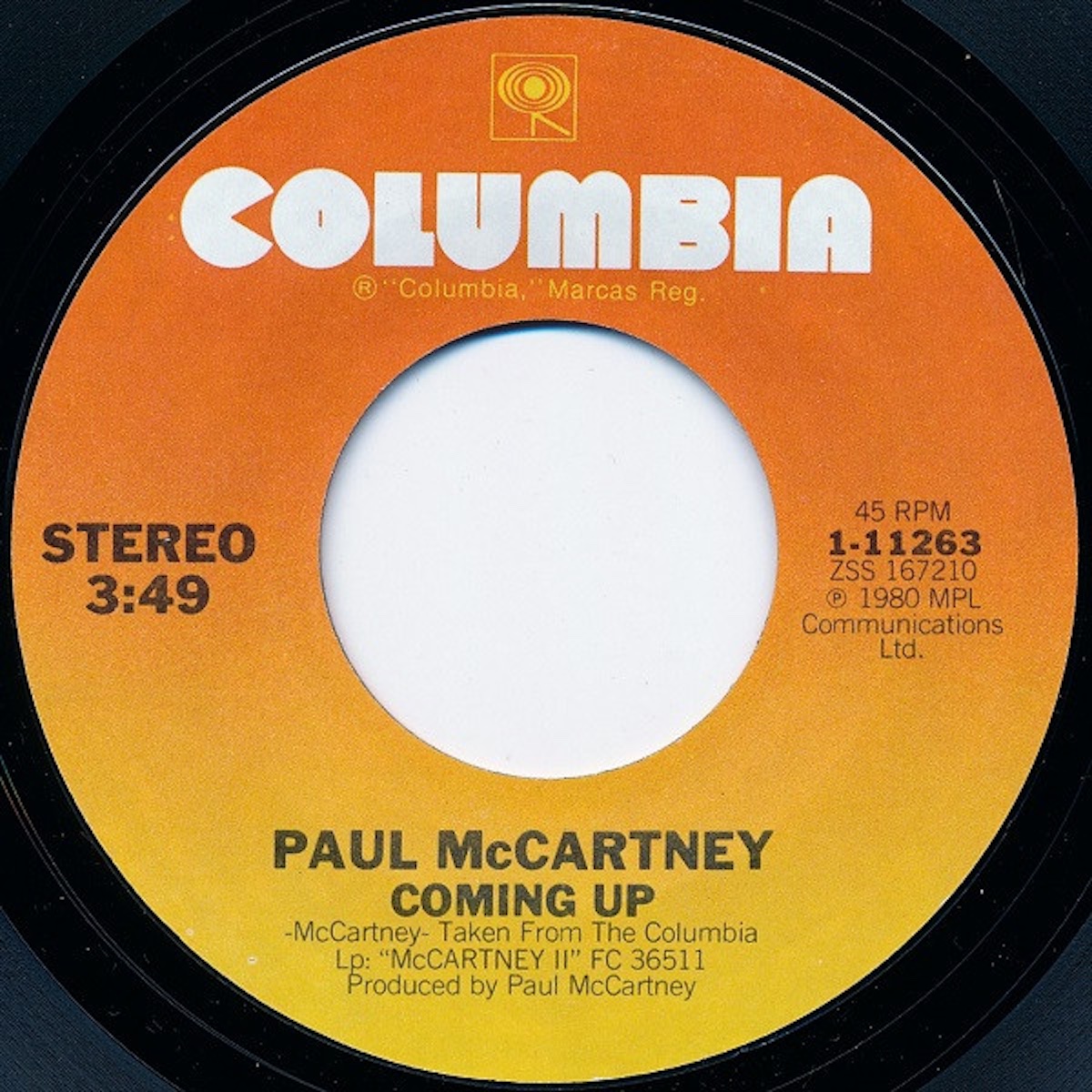 More and more I’ve been seeing the word “styrene” in record descriptions on Discogs. The online selling / shopping / cataloguing service allows you to list, buy or sell any musical release based on where and when it was made and in what format it was released. The most common format is 12″ vinyl — but you can also list 7″, 10″, picture discs, lathe cuts, shellac, cassettes, CDs, 8 Tracks, reel-to-reels, DVDs and Blu-Rays, LaserDisc, and even digital formats like FLAC, .wav and mp3s. And then there’s audiophile vinyl, translucent and coloured vinyl — the list goes on and on. But it’s among these many descriptors that I’m seeing “styrene” being included more often than even a few weeks ago. In fact, I don’t think I ever noticed it before a month ago. Turns out, it’s very common and has been around for quite awhile.
More and more I’ve been seeing the word “styrene” in record descriptions on Discogs. The online selling / shopping / cataloguing service allows you to list, buy or sell any musical release based on where and when it was made and in what format it was released. The most common format is 12″ vinyl — but you can also list 7″, 10″, picture discs, lathe cuts, shellac, cassettes, CDs, 8 Tracks, reel-to-reels, DVDs and Blu-Rays, LaserDisc, and even digital formats like FLAC, .wav and mp3s. And then there’s audiophile vinyl, translucent and coloured vinyl — the list goes on and on. But it’s among these many descriptors that I’m seeing “styrene” being included more often than even a few weeks ago. In fact, I don’t think I ever noticed it before a month ago. Turns out, it’s very common and has been around for quite awhile.
Styrene is short for polystyrene — a synthetic polymer. Vinyl is Polyvinyl Chloride (PVC). Both are a type of plastic, but styrene is the type of plastic you would find in those plastic plates, cups and bowls at Walmart. You know — the ones that look like real dishes, but are meant for the patio… or children. PVC is the stuff you find in plumbing pipes and electrical wiring insulation.
If you have any American-made 7″ singles from the ’50s through the 1980s, there’s probably a good number of them on styrene, not vinyl. This seems to be particularly common with A&M and Columbia singles — though singles are probably the worst type of records to use it for. That’s because, while styrene and vinyl records both sound and look fantastic when you buy them, styrene tends to wear out more quickly. So records that are likely to be subjected to repeated plays — like singles — would be a better investment if they were pressed on vinyl, rather than styrene.

This is probably why I’m seeing the styrene designation on Discogs more and more. Collectors would probably prefer to avoid it, unless they’re completist collectors and want copies of their favourite band’s stuff in every available official format. There are still thousands upon thousands of records listed for sale as vinyl which are not vinyl at all. So, regardless if you’re someone who wants one to fill-out their collection, or someone who would rather avoid styrene, you’re gonna need to know how to recognize it.
Because if styrene is generally avoided by collectors, you can bet sellers will do everything in their power to keep that description out of their listing. If you’re not sure, always ask for photos of the record — there are some telltale signs that it was pressed on styrene and not vinyl. For starters, they’re made differently. Vinyl records are made by crushing two clumps of vinyl in a record-shaped heat press. The labels get affixed to the finished product during the melting process. Once the record is pressed, the extra bits on the edge are trimmed off like a pie crust, leaving a bevelled edge.
Styrene pressings are done using an injection mold. Basically, hot styrene is injected into the “stamper” and the finished record is taken out without any edges to trim — meaning unlike vinyl, they are often flat rather than bevelled and appear duller or unpolished compared to the face of the disc. Also, the labels are put on afterwards by simply gluing them on. So, vinyl records have labels which are set into the disc, while styrene ones have clear edges like a postage stamp on an envelope or a hype sticker on the poly sleeve. Sometimes, the labels on styrene pressings aren’t glued on — they’re painted or printed on.
Additionally, because vinyl pressings are actually made on a press, there are indentations on those records which you won’t find on styrene copies. You’ll notice vinyl pressings taper off near the edge of the centre hole — if it’s cut with the big centre hole and not the smaller spindle hole.
There’s more — standard vinyl records are black and opaque, but styrene records tend to be slightly translucent and have a reddish hue, which you can see if you hold the disc up to a light. In terms of weight, vinyl records are heavier, thicker and bend easily, whereas styrene is lighter, more rigid and sometimes feels rather brittle.

You may notice bolder type on styrene record labels because, unlike most labels on vinyl records, the type was stamped on all at once, rather than printed. But this has nothing to do with the material used for the disc itself — just a further cost-saving measure, which is why record companies started using styrene in the first place.
Because this is predominantly an issue with 7″ singles, the best way to make sure you’re avoiding styrene (if that matters to you) is to buy pressings of the single made outside the U.S.. Obviously, Canadian pressings are a good substitute — and probably come with more affordable shipping as well.
I’ve included photos of the U.S. styrene copy of Paul McCartney’s Coming Up single and the corresponding Canadian vinyl one above. With these two, you can see almost all the identifiable differences between vinyl and styrene. In terms of how this affects price, right now you can buy the U.S. one in near-mint condition (picture sleeve included) for around $3. The Canadian one is closer to $10. On average, even in crappy condition, the Canadian one is around $1 more than the Yankee styrene version.
Here’s those pointers in note form:
STYRENE
• Stick-on or painted/printed-on labels
• Flat, unpolished edge
• Heavier, less bendy
• May have bolder, block lettering
• Partially translucent disc with a dark red hue (or yellowish, if it’s a Mexican EMI pressing)
• Slightly thicker than vinyl
VINYL
• Labels are flush with the disc
• Edges are bevelled
• Indentation near the centre hole
• Lighter weight and bendable
• Opaque black vinyl used in standard pressings
• Slightly thinner than styrene
• • •
Area Resident is an Ottawa-based journalist, recording artist, music collector and re-seller. Hear (and buy) his music on Bandcamp, email him HERE, follow him on Instagram and check him out on Discogs.









































